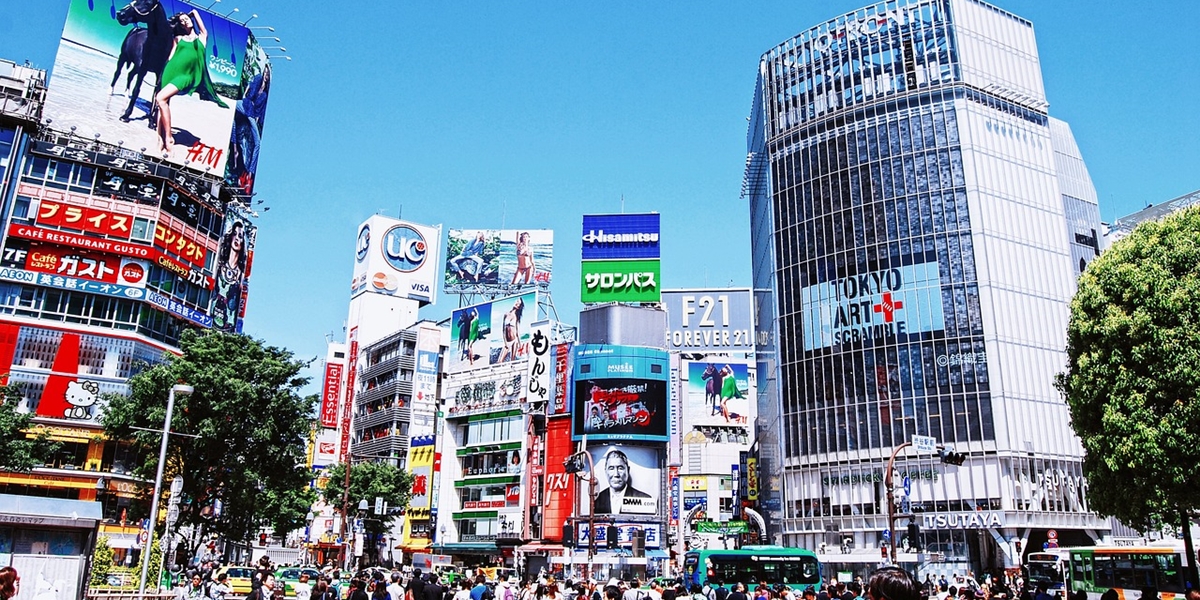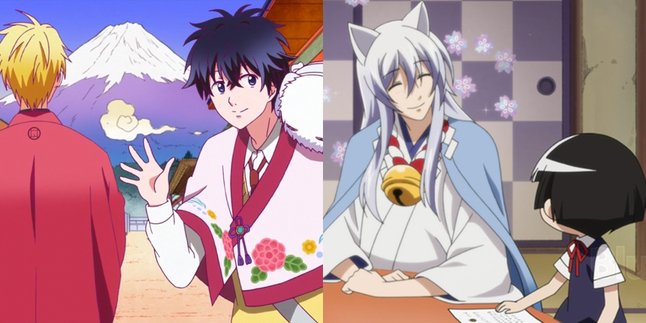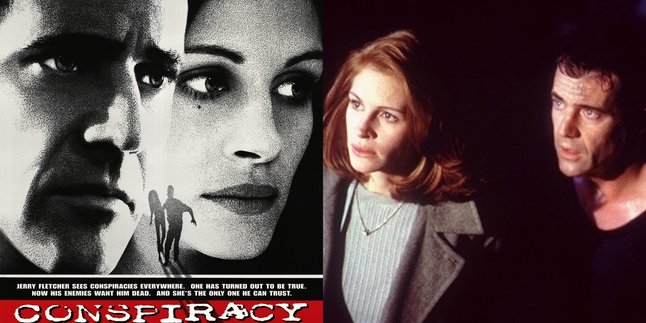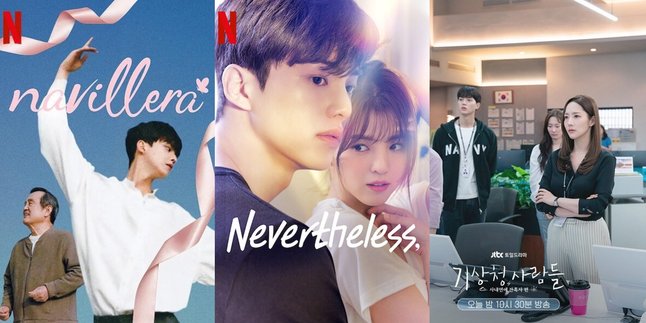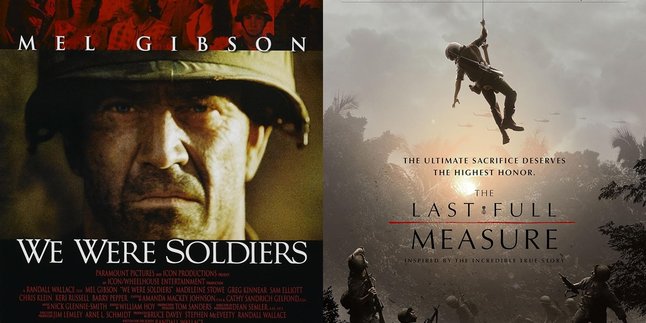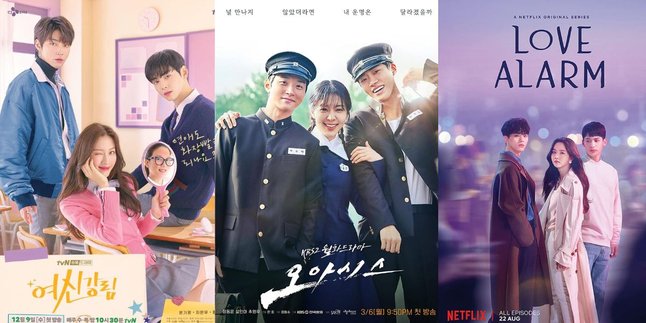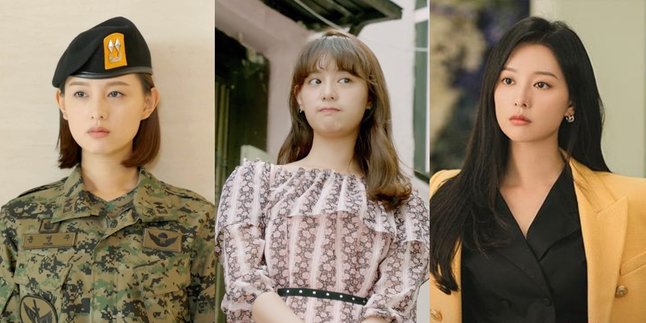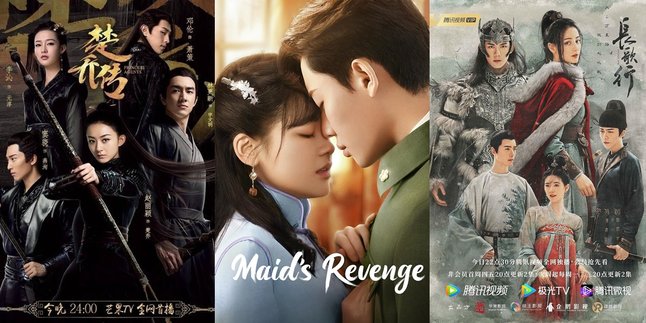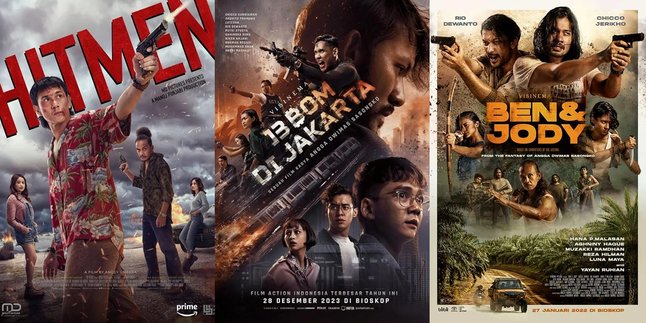Kapanlagi.com - In the world of Japanese pop culture enthusiasts, there are various vocabulary that become everyday language. And this article will discuss some wibu vocabulary that you should know. KLovers will learn unique terms that define Japanese pop culture fans.
With a deep understanding of this vocabulary, you will be able to enjoy conversations, content, and interactions within the wibu community. And discover the key to understanding the rich and colorful world of Japanese pop culture fans pop Jepang.
What are these vocabulary? Here is a list of wibu vocabulary that you should know if you want to enter the world of Japanese culture fans. Let's check it out, KLovers.
1. What is Wibu?
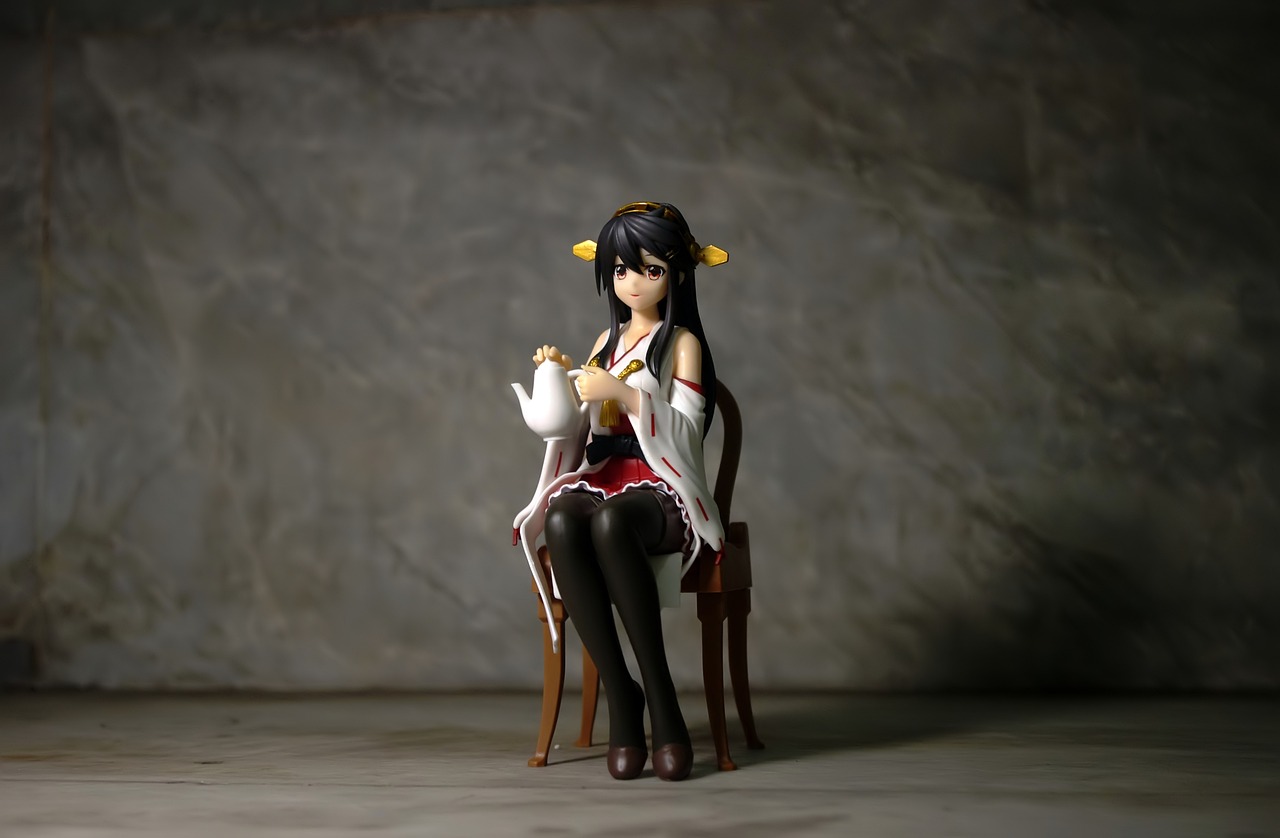
Illustration (credit: pixabay.com)
Wibu is a term for people who are very interested in Japanese pop culture, such as anime, manga, and Japanese video games. The word "wibu" itself is an abbreviation of "weeaboo", which originally was a term used negatively to describe someone who excessively admires or idolizes Japanese culture.
People referred to as wibu usually have a great interest in anime, manga, J-Pop, J-Rock, cosplay, and various other aspects of Japanese pop culture in an unusual way. They may often use vocabulary, phrases, and expressions originating from Japanese pop culture in their conversations.
2. Vocabulary of Wibu Language in the Anime World
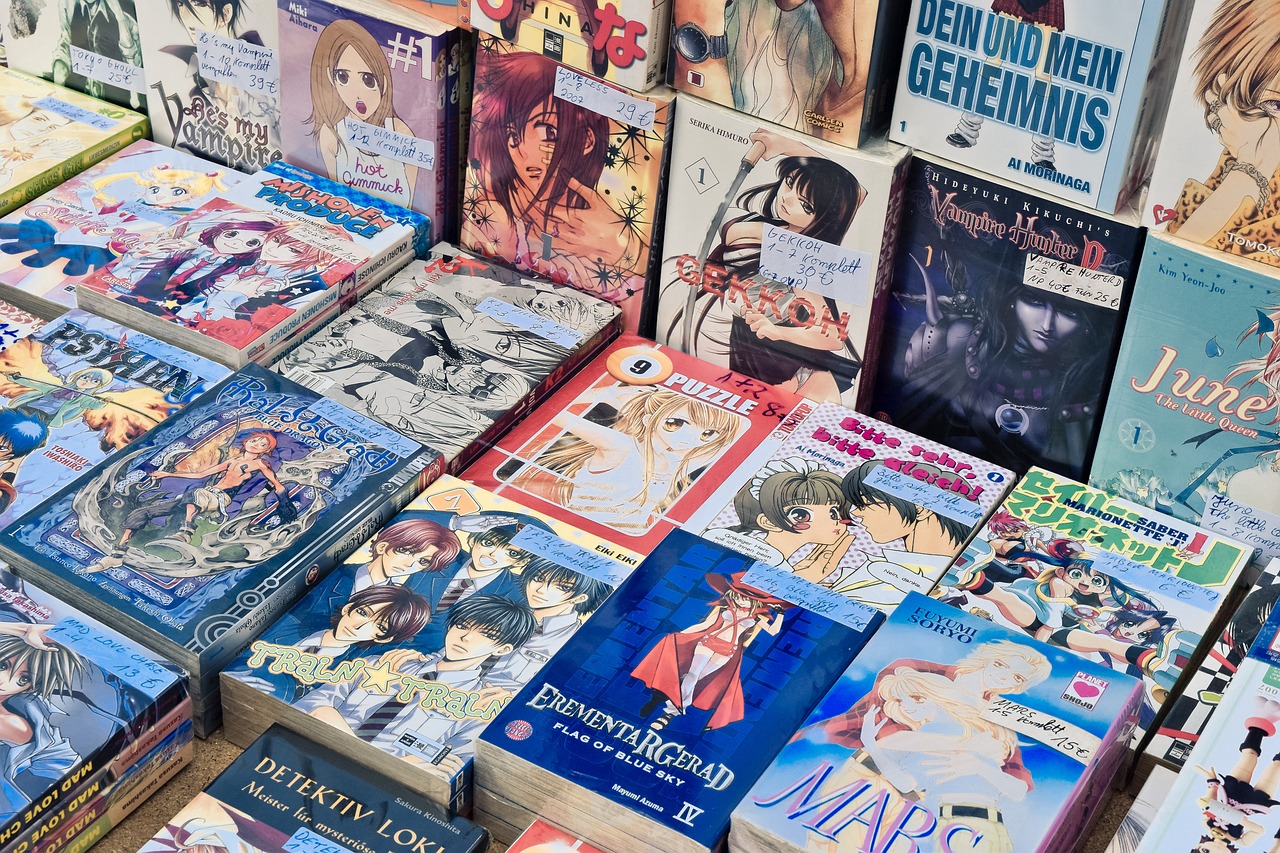
Illustration (credit: pixabay.com)
In the world of anime, wibu vocabulary is important to understand the diverse and passionate fan culture.Anime is a term given to Japanese animation series. And here are some terms in the world of anime or otaku along with their meanings:
1.Manga: Japanese comics.
2.Shounen: Anime or manga genre aimed at young boys, often focusing on battles or adventures.
3.Shoujo: Anime or manga genre aimed at young girls, often focusing on love stories and friendships.
4.Seinen: Anime or manga genre aimed at adult male readers or viewers.
5. Josei: Anime or manga genre aimed at adult female readers or viewers.
6.Isekai: Genre where the main character is transported to another world or alternate reality.
7.Mecha: Anime or manga genre involving robots or military mechanisms.
8.Harem: Genre where the main character is surrounded by a group of characters who have romantic interest in them.
9.Ecchi: Content that contains light or provocative sexual elements.
10.Hentai: Content that depicts explicit sexual scenes.
11.Yaoi: Genre that portrays romantic or sexual relationships between male characters.
12. Yuri: A genre that portrays romantic or sexual relationships between female characters.
13.Shounen-ai: A genre that portrays romantic or sexual relationships between male characters, often without explicit scenes.
14.Shoujo-ai: A genre that portrays romantic or sexual relationships between female characters, often without explicit scenes.
15.Moe: A feeling of affection or love towards fictional characters, especially cute or innocent characters.
16.Tsundere: A character who is initially cold or harsh but eventually shows softer or sweeter feelings.
17.Yandere: A character who is initially sweet but becomes obsessive and potentially dangerous towards the person they love.
18.Seiyuu: A voice actor in anime, video games, or other media productions.
19. Senpai: A senior or someone older than oneself.
20.Kouhai: A junior or someone younger than oneself.
21.Bishounen: A young man who is very handsome and feminine in appearance.
22.Bishoujo: A young woman who is very beautiful and feminine in appearance.
23.OVA (Original Video Animation): Animation that is released directly for home media, not for theaters or television.
24.AMV (Anime Music Video): A video that combines anime clips with music, often created by fans.
25.Doujinshi: Fan-made works such as comics, novels, or merchandise based on original works.
26. Itasha: Cars decorated with images or characters from anime, manga, or games.
27.Dakimakura: Long body pillow decorated with images of anime, manga, or game characters.
28.Nendoroid: Small plastic figurine with a big head and small body, usually based on anime or manga characters.
29.Filler: An episode or part in an anime series that is not based on original manga material and is often used to fill time.
30.Canon: Official or officially recognized material in a story.
31.Non-canon: Material that is not considered as an official part or does not occur in the original story.
32.Fujoshi: A woman who enjoys or is interested in Yaoi content.
33. Fudanshi: A man who enjoys or is interested in Yaoi content.
34.Fan service: Scenes or elements in a work intended to satisfy fans by featuring visually or emotionally appealing content.
35.OST (Original Soundtrack): Music used in anime.
36.OP (Opening): Opening song in an anime.
37.ED (Ending): Ending song in an anime.
38.Plot Armor: The concept where the main character is considered "unkillable" due to story or plot reasons.
39.Waifu: Female character from anime, manga, or games that is considered as a "wife" by fans.
40. Husbando: Male character from anime, manga, or games that is considered as a "husband" by fans.
41.Gunpla: Plastic model that can be assembled of robots or mecha from Gundam.
42.Kemonomimi: Characters with animal features on their face or body, such as ears or tails.
3. Vocabulary of Wibu Language in the Cosplay World
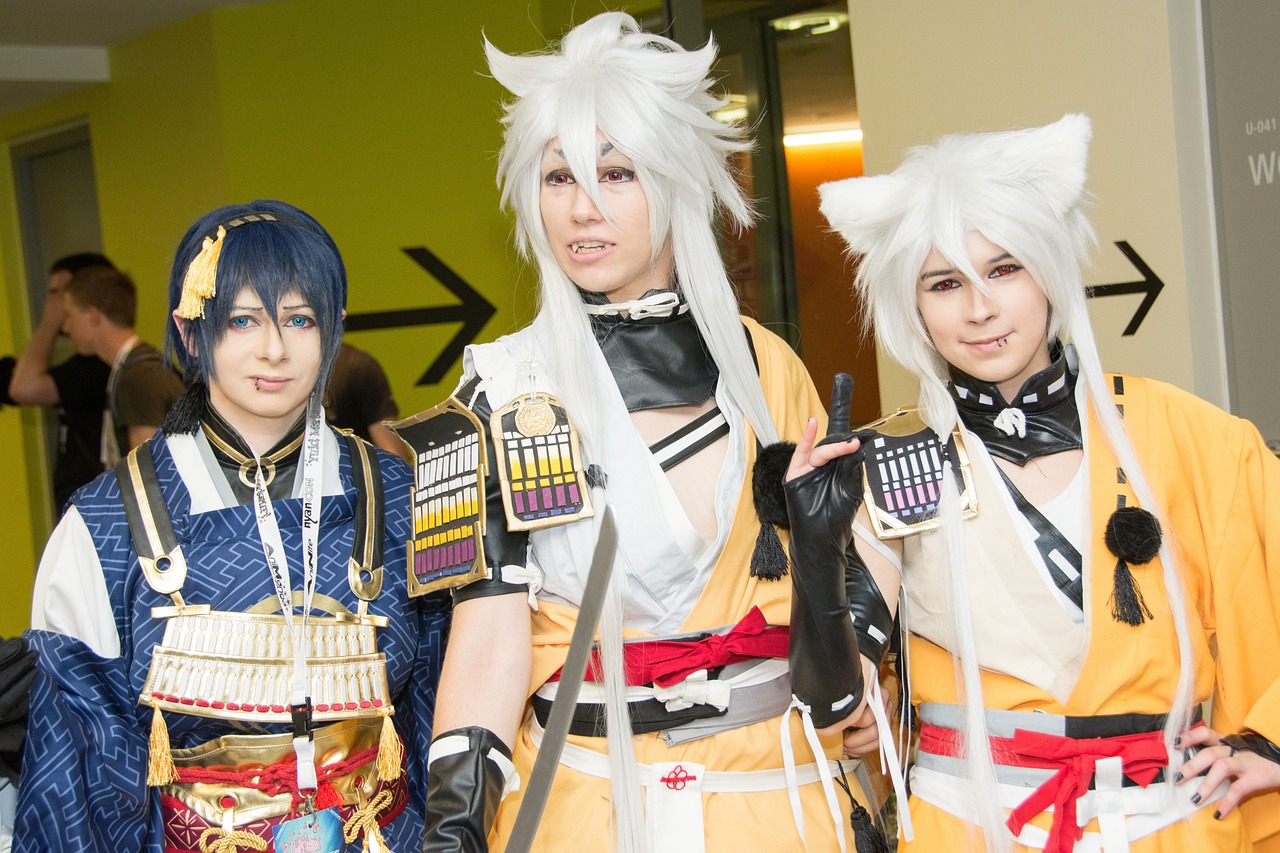
Illustration (credit: pixabay.com)
In the cosplay community, understanding wibu language vocabulary enriches the experience and interaction among fans.Cosplay itself is an activity of dressing up and imitating characters from anime, manga, video games, or other popular media. And here are some terms in the Japanese cosplay world along with their meanings:
43.Cosplayer: Someone who does cosplay.
44.Prop: Props or accessories used by cosplayers to add detail to their costumes, such as fake weapons, jewelry, or other special equipment.
45.Crossplay: Cosplaying a character of a different gender than oneself.
46.Original Character: A character created by the cosplayer themselves, not a character that already exists in anime, manga, or games.
47. Group Cosplay: Cosplay in a group where several people portray characters from a series or specific theme.
48.Closet Cosplay: Cosplay using clothing and accessories that are already owned without making or buying a special costume.
49.Mashup Cosplay: Cosplay that combines elements from two or more different characters or from various media sources.
50.Casual Cosplay: Cosplay that uses everyday clothing that resembles a specific character, without wearing a complete costume.
51.Armored Cosplay: Cosplay that involves a costume that includes armor or body armor.
52.Lolita Fashion: Fashion style inspired by 18th-century European clothing with cute and feminine touches.
53.Kigurumi: Animal or character-shaped sleepwear that is also often used in cosplay.
54. Gijinka: Non-human character cosplay interpreted as a human, such as cosplaying Pokémon as a human character.
55.Makeup Test: Makeup test to adjust appearance to the character being cosplayed.
56.Con: Abbreviation of "convention," an event or gathering where cosplayers come together to showcase their costumes and celebrate popular culture.
57.Cosplay Contest: Competition where cosplayers compete to gain recognition and prizes for their costumes and performances.
58.Character Reference: Image or visual reference of the character being cosplayed, used as a guide in creating or buying costumes.
59.Cosplay Photoshoot: Photography session where cosplayers pose to showcase their costumes and capture cosplay moments.
4. Wibu Vocabulary in the World of J-Pop/J-Rock
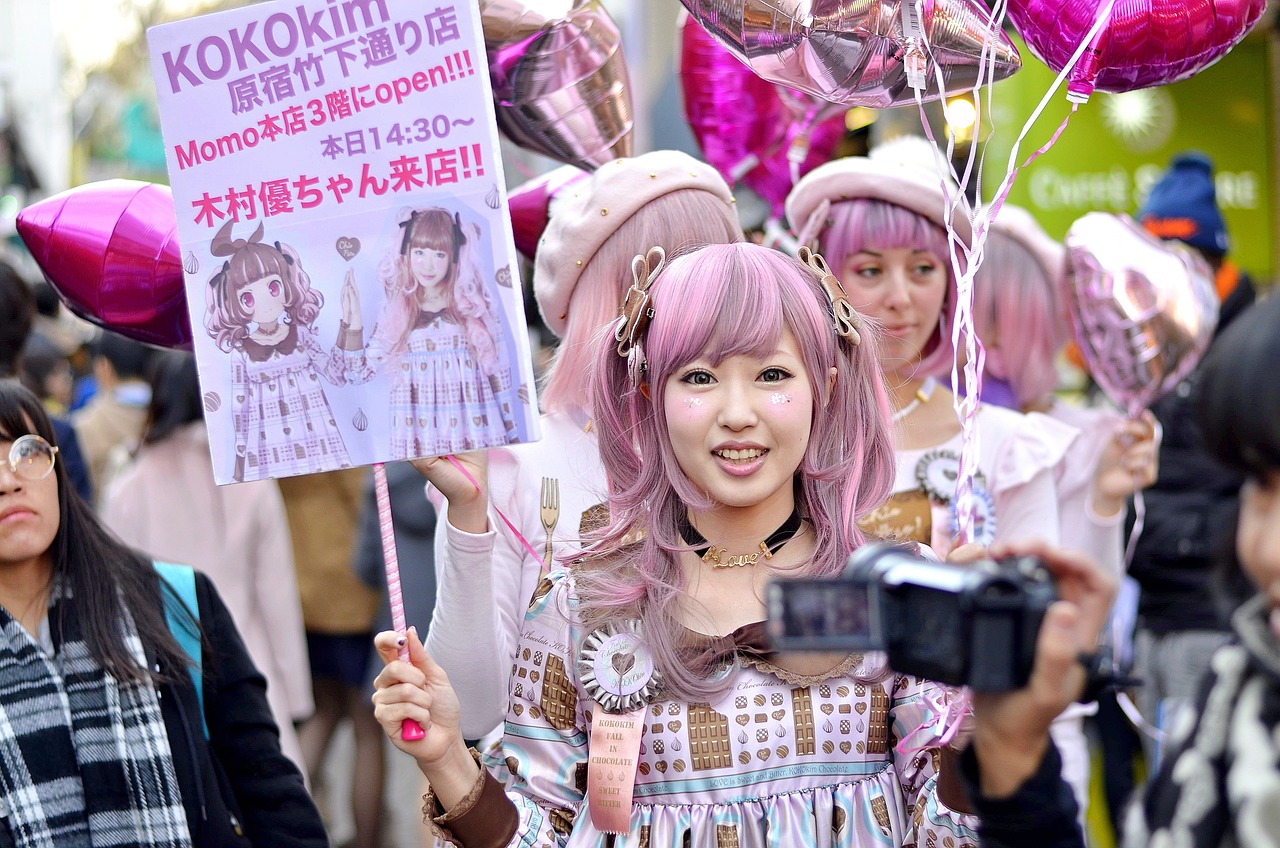
Illustration (credit: pixabay.com)
In the J-Pop or J-Rock music industry, the use of wibu language vocabulary has become an inseparable part of the enthusiastic fan culture. Here are some common terms in the world of J-Pop or J-Rock that are often used by fans and Japanese music communities that encompass music genres, bands, and fan culture:
60. Idol (Aidoru): An artist or music group often marketed with a cute and attractive image to attract fans.
61. JKT48/AKB48: Popular female idol groups in Japan and Asia, known for their large number of members.
62. Visual Kei or Vkei: A music style that encompasses eccentric appearances, extreme fashion, and dramatic hairstyles.
63. Kawaii: Means "cute" or "adorable", often used to describe the style or appearance of J-Pop artists.
64. Oshimen: A term in fandom that refers to someone's favorite member in an idol group.
65. Wota: Fans who are fanatic about a particular idol group or J-Pop artist.
66.LIVE: Concert or live performance by J-Pop artist.
67.PV (Promotional Video): Music video produced to promote a song or J-Pop artist.
68.Genshuu: Original version or demo of a song that will later be re-recorded for official release.
69.Cover: A version of a song recorded by another artist or music group.
70.Enka: Traditional Japanese music genre that often expresses melancholic or sentimental feelings.
71.Talent: Artists or celebrities who not only focus on music but also appear in various television programs, films, and commercials.
72. Anime Song (Anisong): Theme song of an anime, usually sung by J-Pop artists.
73.Kouhaku Uta Gassen: Annual event featuring performances by famous J-Pop artists, broadcast on New Year's Eve in Japan.
74.Chaku-uta: Music ringtone sold for download to mobile phones.
75.Oricon: Market research company that releases music charts and sales data in Japan.
76.Akihabara: Area in Tokyo famous as a center of Japanese pop culture, including a gathering place for J-Pop fans.
77.Nico Nico Douga (Niconico): Japanese website famous as a video sharing platform, especially for anime and J-Pop related content.
78.Oshare Kei: Visual Kei subgenre that emphasizes cheerful and colorful styles.
79. Angura Kei: Visual Kei subgenre that emphasizes retro aesthetics and traditional Japanese cultural elements.
80.V-Rock: Music event or festival featuring J-Rock bands.
81.Luna Sea: One of the influential legendary J-Rock bands.
82.X Japan: Highly influential J-Rock band, often considered as the pioneer of Visual Kei.
83.Gazette: Popular modern Visual Kei band.
84.Dir en Grey: Experimental and controversial J-Rock band.
85.Bishonen: Handsome and feminine young men in appearance, often the focus in Visual Kei.
86. Bishojo: Beautiful and feminine young women in appearance.
87.Kote Kei: Fashion style that combines traditional Japanese elements with Visual Kei style.
88.J-Rock Festival: Major music event featuring various J-Rock bands.
89.J-Rock Revolution: Movement outside Japan to popularize J-Rock music worldwide.
90.J-Rock Visuals: Music videos, live performances, and other visual content related to J-Rock.
91.Haido: Abbreviation of "Hyde" in Japanese.
92.Gazerock: Visual Kei fan subculture often driven by Gazette fans.
93. J-Rock Radio: A radio channel or station that continuously plays J-Rock music.
94.J-Rock Magazine: A publication that focuses on coverage of bands and J-Rock music.
95.Odottemita: A phenomenon where people imitate dance moves created by famous dancers in J-Rock music videos.
Those are some wibu language vocabulary. By understanding wibu language vocabulary, KLovers are ready to explore and enjoy the richness of Japanese pop culture with a fun community of fans!
(kpl/dhm)
Disclaimer: This translation from Bahasa Indonesia to English has been generated by Artificial Intelligence.
